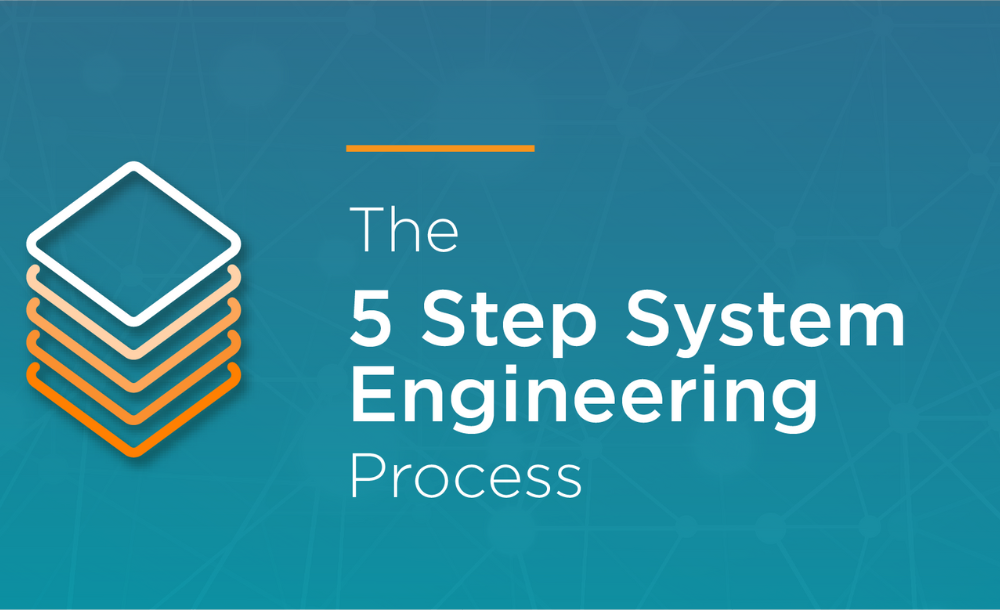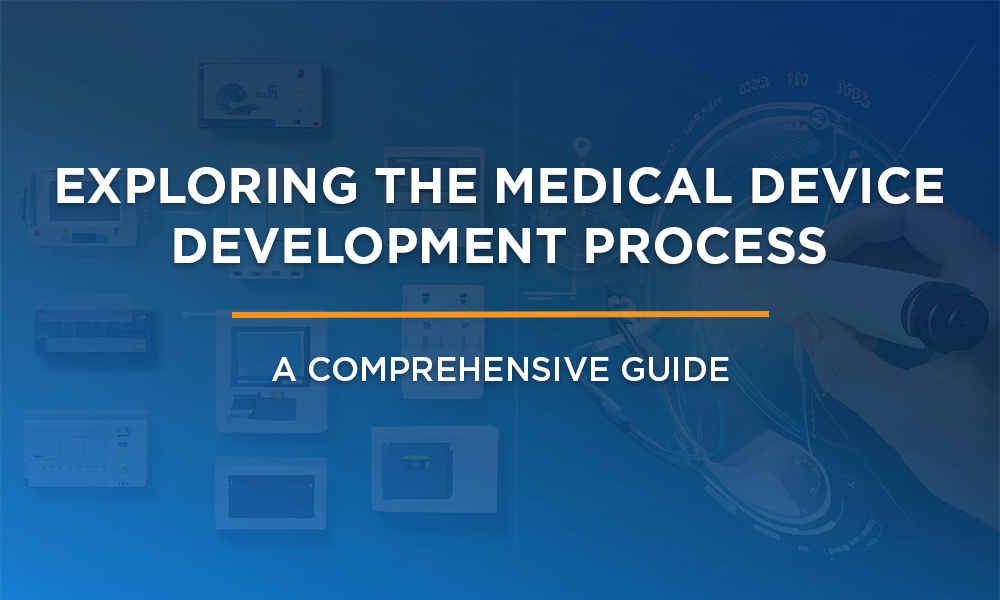Guide projects from conception through development
Nearly every engineering project could benefit from the techniques provided by a system engineering process.
From military technology to bridge-building, from huge spacecraft to tiny computer chips, the need to connect different engineering disciplines into a seamless whole is essential.
Systems engineering is an interdisciplinary engineering field that can be used to streamline complex projects by coordinating between teams, optimizing workflow, managing risk, and guiding the product toward a better solution. Here at Sunrise, our systems engineers possess technical knowledge in a wide range of engineering disciplines, and they act as “Chief Engineers” on any technical decision that crosses interfaces.
Systems engineers at Sunrise Labs use a structured, five-step process to guide projects from conception through development. The Systems Engineering Process Engine (SEPE) results in an efficiently-created finished product that satisfies customers and performs as expected. The SEPE can be compared to an air traffic control system, which provides a wide range of information to aircraft enabling them to successfully navigate complex and dynamic airspace.
Step One: Requirements Analysis and Management
The first step in any successful development project is the collection, refinement, and organization of design inputs. Requirements Analysis is the art of making sure design inputs can be translated into verifiable technical requirements. Effective prioritization of these requirements enables a systems engineer to formulate contingency plans for addressing risks and taking advantage of opportunities as they present themselves. The organization of a hierarchical requirement structure supports the management of complex products across distributed development teams. Having a systems engineer in charge of design inputs helps projects move smoothly through each stage of development.
Step Two: Functional Analysis and Allocation
The systems engineer leads the team in developing strategies to meet the requirements. Formulation of these strategies will be an iterative process that leverages trade-off studies, risk analyses, and verification considerations, as process inputs. Risk management is one of the activities where the systems engineer can make the most significant contributions by increasing patient and user safety. Users can have many different points of contact with a device, and without the holistic approach of a systems engineer, it becomes difficult to mitigate risk through all interfaces. Systems engineers formulate strategies to minimize not only safety risks, but also technical and programmatic risks while at the same time maximizing performance, reliability, extensibility, and profitability. A systems engineer coordinates interdisciplinary design activities to reduce safety and programmatic risk profiles while maximizing product and project performance.
Step Three: Design Synthesis
During Design Synthesis, the systems engineer leads the team through a systematic process of quantitatively evaluating each of the proposed design solutions against a set of prioritized metrics. This can help the team formulate questions or uncover problems that were not initially obvious. When Design Synthesis is well-executed, it helps reduce the risk, cost, and time of product development. An experienced Systems Engineer is able to distill informal input from key stakeholders into actionable guidance and combine this information with formal design input requirements to formulate a more accurate picture of the design intent for the product and business goals of the enterprise.
Step Four: Systems Analysis and Control
Systems Analysis and Control activities enable the systems engineer to measure progress, evaluate and select alternatives, and document decisions made during development. Systems engineers help teams prioritize decisions by guiding them through trade-off matrices, which rank many options against a range of pre-defined criteria. Systems engineers look at a wide range of metrics, such as cost, technical qualifications, and interfacing parameters in order to help the team make decisions that will lead to the most successful project. A Systems engineer can also provide assistance with modeling and simulation tasks.
Step Five: Verification
Verification is the process of evaluating the finished design using traceable and objective methods for design confirmation. The goal of verification is to make sure the design outputs satisfy the design inputs. The systems engineer coordinates the efforts of the verification team to ensure that feedback from Quality Engineering gets incorporated into the final product. An experienced Systems Engineer knows how to leverage different verification methods to streamline the verification process, providing maximum flexibility in addressing the inevitable changes that occur during the development process. By properly compartmentalizing design and verification activities the systems engineer can minimize the extent of retesting resulting from regression analyses.
Conclusion
Modern medical device development presents a host of complex challenges. Systems engineers provide coordination between different engineering disciplines and overarching guidance and leadership through each stage of a development project. The use of systems engineering techniques and processes is critical to remaining competitive and relevant in today’s market. Sunrise Labs has extensive experience in systems engineering, which enables our teams to proactively guide and execute development for a range of projects.
FAQ’s
1. What is systems engineering and why is it important?
Systems engineering is an interdisciplinary approach to managing complex engineering projects. It ensures different engineering specialties work together seamlessly to achieve the project goals. This can be applied to various projects, from building bridges to designing medical devices.
2. What is the Sunrise Systems Engineering Process Engine (SEPE)?
SEPE is a structured, five-step process used at Sunrise Labs to guide medical device development projects from start to finish. It ensures an efficient workflow and a product that meets customer requirements and performs as expected.
3. What are the five steps of the SEPE process?
- Step 1: Requirements Analysis and Management: Defining and prioritizing project requirements.
- Step 2: Functional Analysis and Allocation: Developing strategies to meet the requirements, considering risks and opportunities.
- Step 3: Design Synthesis: Evaluating proposed design solutions against set criteria.
- Step 4: Systems Analysis and Control: Monitoring progress, evaluating options, and documenting decisions.
- Step 5: Verification: Ensuring the final design meets the initial requirements.
4. How does a systems engineer contribute to project success?
- Manages design inputs and requirements.
- Leads the development of strategies to meet project requirements.
- Analyzes and compares design solutions.
- Helps the team make informed decisions by considering trade-offs and risks.
- Oversees verification and testing to ensure the final product meets specifications.
5. What are the benefits of using a structured systems engineering process like SEPE?
- Improved communication and collaboration between engineering teams.
- Reduced project risks, costs, and development time.
- Increased product performance, reliability, and safety.
- More efficient product development process.







